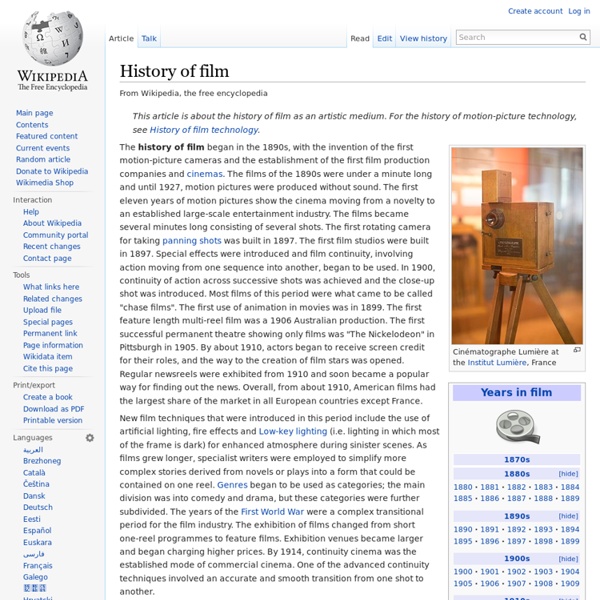Introduction - The World of 1898: The Spanish-American War (Hispanic Division, Library of Congress)
On April 25, 1898 the United States declared war on Spain following the sinking of the Battleship Maine in Havana harbor on February 15, 1898. The war ended with the signing of the Treaty of Paris on December 10, 1898. As a result Spain lost its control over the remains of its overseas empire -- Cuba, Puerto Rico, the Philippines Islands, Guam, and other islands. Background Beginning in 1492, Spain was the first European nation to sail westward across the Atlantic Ocean, explore, and colonize the Amerindian nations of the Western Hemisphere. Cuba Following the liberation from Spain of mainland Latin America, Cuba was the first to initiate its own struggle for independence. The Philippines Islands The Philippines too was beginning to grow restive with Spanish rule. Puerto Rico United States U.S. interest in purchasing Cuba had begun long before 1898. The War U.S. troops attacked the San Juan heights on July 1, 1898. Back to top
List of films in the public domain in the United States
A number of films exist that certain cited sources believe are in the public domain in the United States. Being in the public domain refers to cinematic, dramatic, literary, musical and artistic works that no government, organization, or individual owns, and as such is common property.[1] Note: Films in this list may incorporate elements from other works that are still under copyright, even though the film itself is out of copyright. Copyrightable elements of a film[edit] There is no official list of films (or other works) in the public domain. Film copyright involves the copyright status of multiple elements that make up the film.[4] A film can lose its copyright in some of those elements while retaining copyright in other elements.[4] Experts in the field of public domain sometimes differ in their opinions as to whether a particular film is in the public domain. The use of music in a film can cause uncertainty with regard to copyright. Judicial interpretation of public domain[edit]
Infrastructure Policy: Lessons from American History - The New Atlantis
Adam J. White For the last several years, dating back to the Iraq War’s low point, it has been the vogue to speak of “nation-building at home.” It is intended as a pun: usually when we talk about “nation-building” we mean the work of establishing in other countries the institutions and values necessary for political stability. Those who speak of “nation-building at home” imply that the cost of overseas interventions has left the United States in a condition of disrepair. The question of infrastructure (or “internal improvements,” or “public works”) has bedeviled the nation since its founding. In this, as in all things, history rhymes: where Franklin Roosevelt promised in a fireside chat that Americans would “see the dirt fly,” Barack Obama, prior to his inauguration, promised Americans “shovel-ready projects all across the country.” One recent pair of events illustrates perfectly the nation’s Janus-faced view of infrastructure. There is no reason why we can’t do this. Laying Foundations
Le voyage dans la lune
History of Refrigeration and Refrigerators - Historical Facts
Hell Is For Hyphenates | The Film Debate Podcast
South Park Blocks
The South Park Blocks form a city park in downtown Portland, Oregon.[2] The Oregonian has called it Portland's "extended family room", as Pioneer Courthouse Square is known as Portland's "living room".[3] History[edit] Continuous Park Blocks[edit] Portland was platted in 1845, then Daniel H. A 1907 tax bond issue was brought to the voters.[11] It would have been a $2 million bond, likely including money to buy back the blocks.[11] The measure failed, and some time later, the street name changed from "West Park" to Southwest 9th".[11] Two missing blocks have been recaptured since then: O'Bryant Square was purchased in 1973,[11] and Director Park opened in 2009. Residential park blocks[edit] By the late 1870s, the Park Blocks near the current location of Portland State University were fronted by formal Italianate mansions.[24] In 1933, the area surrounding Skidmore Fountain was "tawdry" and nearly neglected, and there was an effort to move the fountain to the South Park Blocks. Events[edit]
Top 25 Korean Movies - a list by Ablis89




It talks about when film started by dylanr22 Mar 12